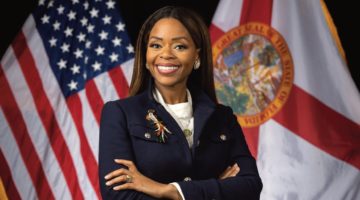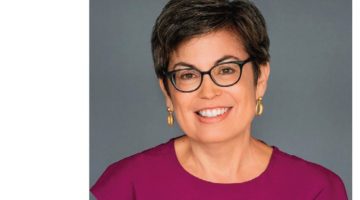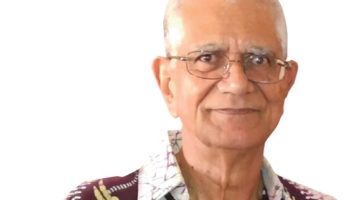HOWARD DEAN
The drugmaker Teva Pharmaceuticals made history in June by launching the first-ever generic version of a GLP1 diabetes drug. This revolutionary class of medications, which are also growing increasingly popular as treatments for obesity, has proven astoundingly effective in helping diabetes patients manage their condition.
The launch is good for millions of Americans living with type 2 diabetes. It’s also a textbook case of how the life sciences industry is supposed to work. Leaps in innovation soon lead to massscale availability.
The list of people and organizations who deserve credit for the GLP-1 success story is long. What’s undeniable, though, is that none of it would have been possible were it not for our country’s system of intellectual property protections.
When the first GLP-1 drugs came on the scene two decades ago, they were greeted by the medical community as a major step forward in the treatment of diabetes. In the years since, GLP-1 drugs have established themselves as among the most powerful tools available for improving glycemic efficacy, promoting weight loss, and lowering blood pressure.
Now that the first generic GLP-1 therapy has launched, these drugs will be available at a lower cost.
Patent protection plays an indispensable role in that process. Inventing a new treatment is a high-risk, high-reward endeavor. Bringing a new drug to FDA approval costs an average of $2.6 billion, counting the investment dollars lost on the nearly 90% of drugs entering clinical trials that fail along the way.
Patents make it worthwhile for scientists and investors to take that risk. Patents give their holders a sole right to sell the products they have developed for a limited period. If a drug succeeds, drugmakers can use that window of protection to earn back their initial investments and make a return — before low-cost generics enter the market.
In the case of GLP-1 drugs, this process worked perfectly. What began as early-stage laboratory research undertaken with patent protection led to approval of a real-world drug — and now a low-cost generic. Now, patients at all income levels can reap the health benefits of this remarkable therapy.
Stories such as these are common. To date, the FDA has approved more than 32,000 generic drugs — including more than 900 last year alone. Over 90% percent of prescriptions filled in the United States are generics. But there would be no generics if patent protection didn’t give drug developers the incentive to start the process.
This state of affairs is rarely reflected in the public debate over drug prices. The conventional wisdom suggests that drug prices have gotten out of control. But while this is true in specific cases, high-priced brand-name drugs represent a small minority of prescriptions filled. And the brand-name prices will come down as generics enter the market — which they will.
This is exactly as it should be. When America’s life sciences ecosystem works as intended, it can simultaneously drive medical science forward, while also promoting affordability through a vibrant generic market.
Howard Dean is the former chair of the Democratic National Committee and former governor of Vermont. This piece originally ran in the International Business Time.













No Comment